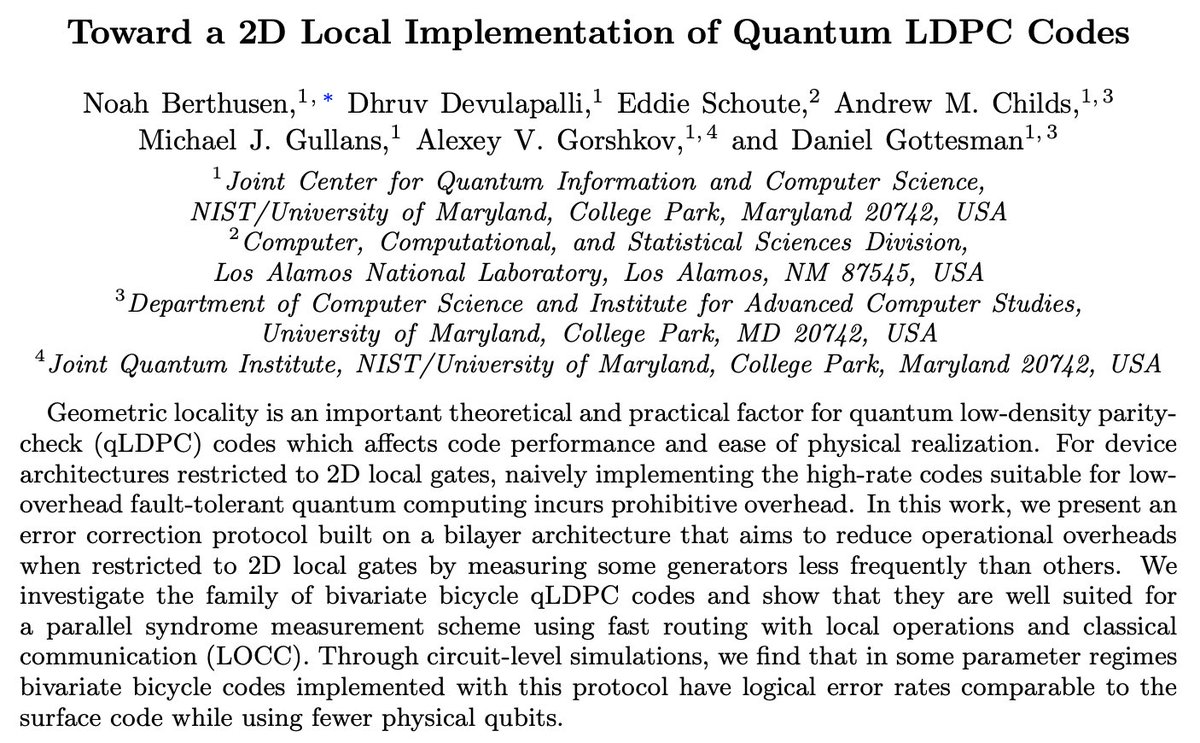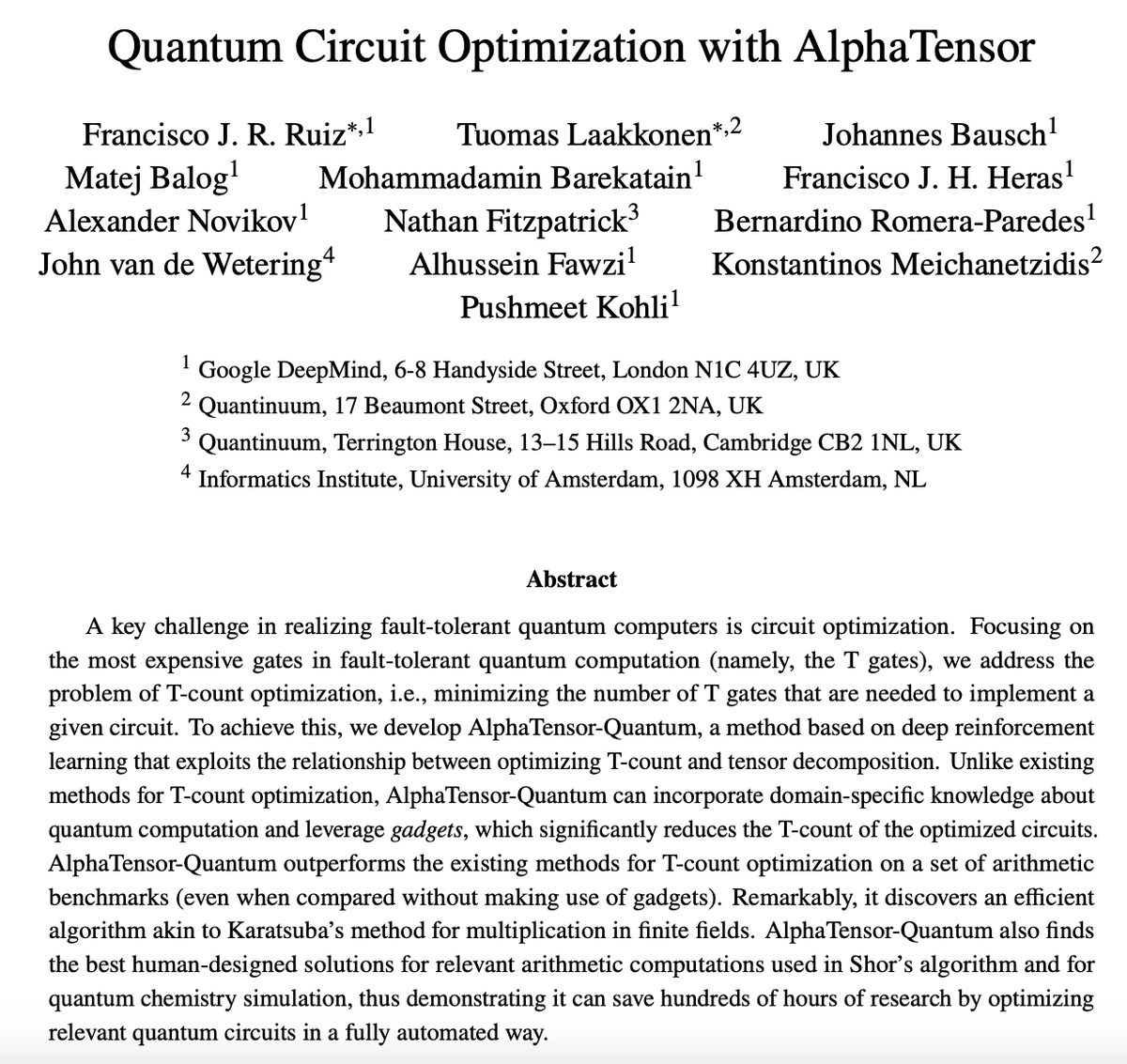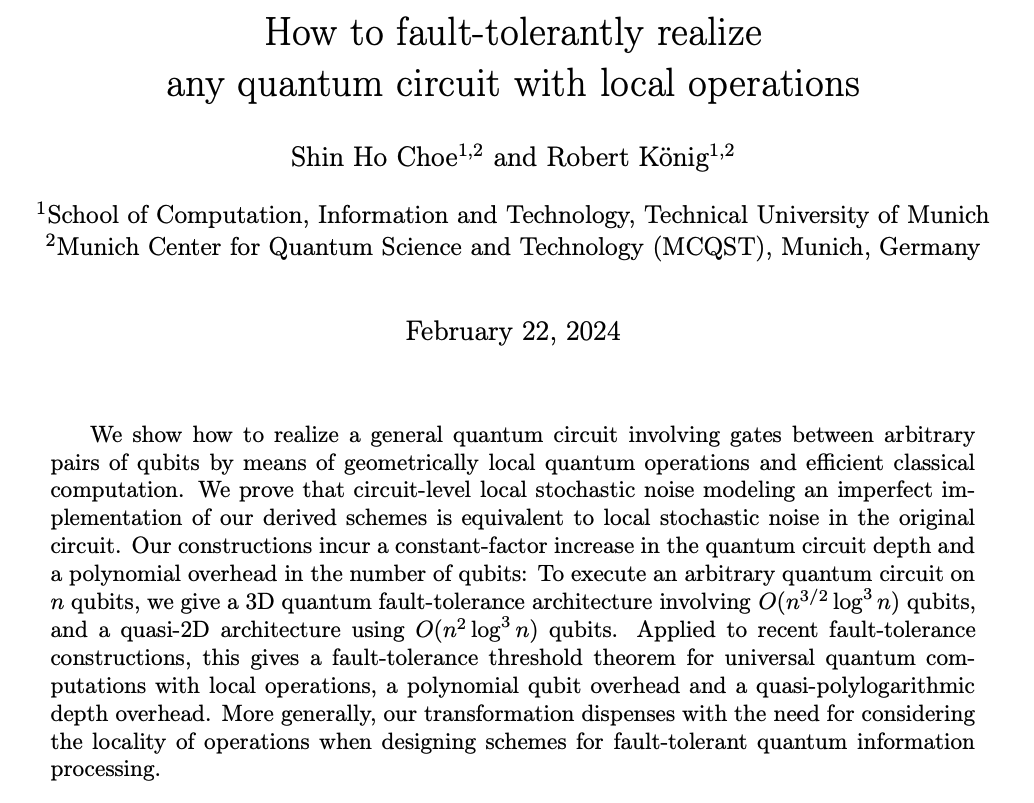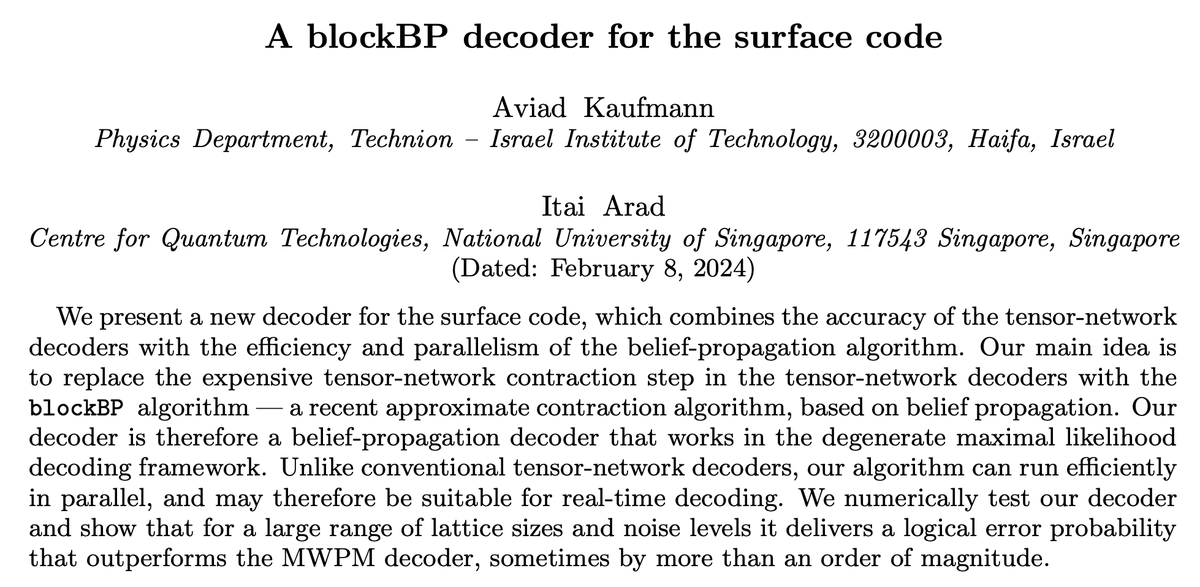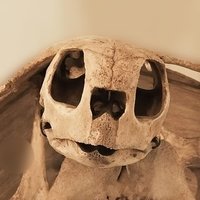
James Wootton
@decodoku
Helping to make quantum computers @IBMResearch. Occasionally misusing them for fun and/or science. Two Ts and no Es. All 𝕏cretions here are my own doing
ID:4201214013
Https://github.com/quantumjim 16-11-2015 11:01:08
4,7K Tweets
7,4K Followers
1,7K Following


An exciting and prestigious long-term #postdoctoral research position on #quantumsystemsidentification , #benchmarking and #verification within the #Berlin quantum landscape.
Deadline May 1, 2024.
lnkd.in/dqf4_DEF
Please cc applicationsqmio(at)gmail(dot)com.
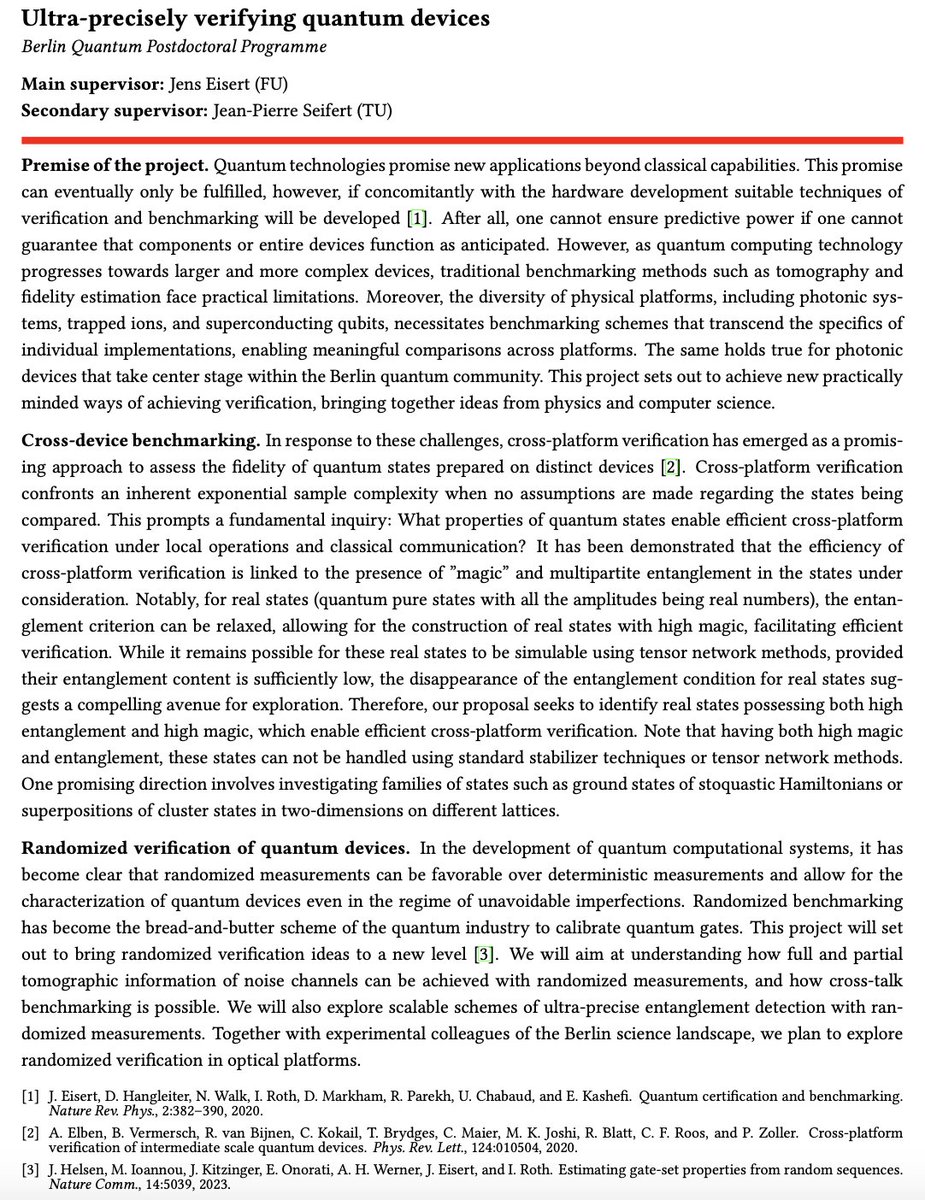





Yesterday there was a wood here. I'm not sure how cutting all the trees down helps to protect nature #LangeErlen
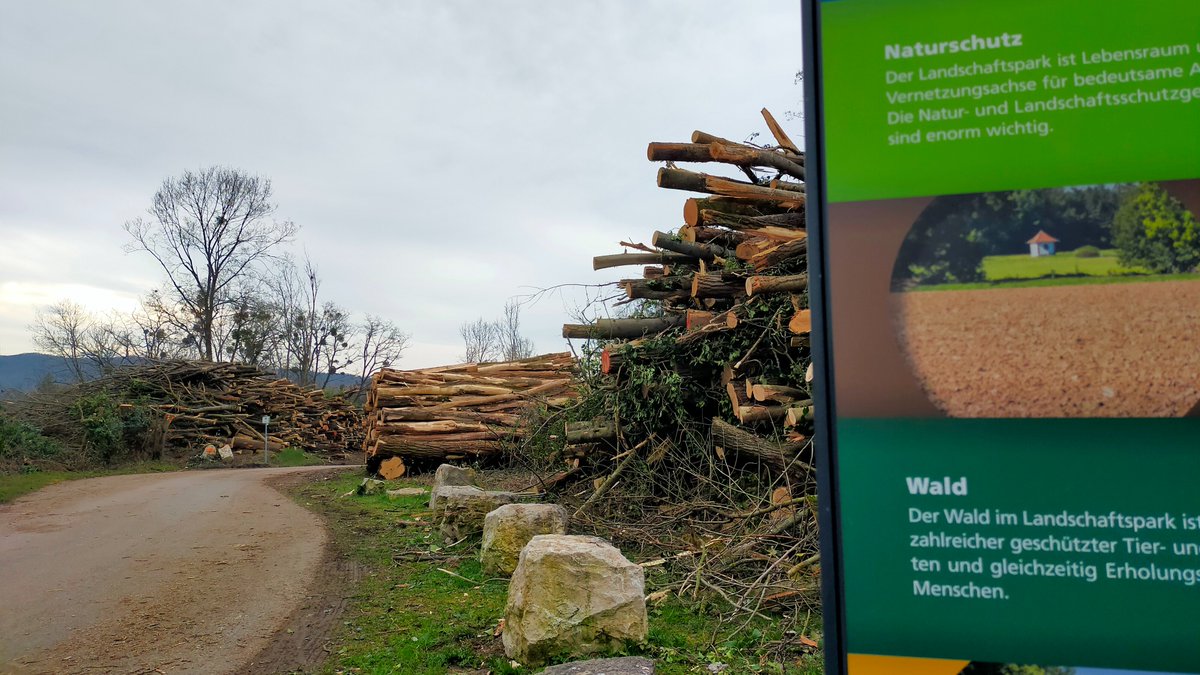

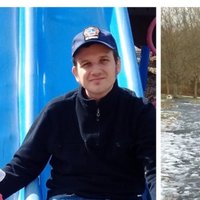
Really nice rebuttal of algorithmic qubits by Charlie Baldwin quantinuum.com/news/debunking…



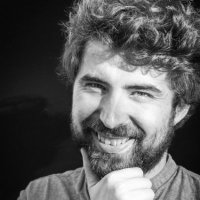
There is just one week left to register for our (free) open course on spin-based quantum computation.
Over 80 sign-ups already!
Register here: forms.gle/j59ygp5kvjysKk…
More info here: zumbuhllab.unibas.ch/en/teaching/hs…
#spinqubits



